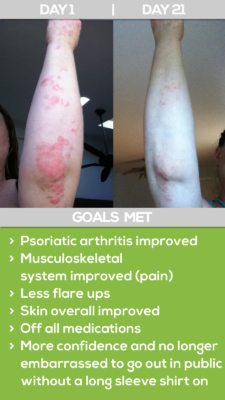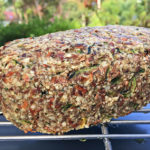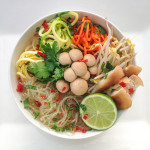Below is a chart I wanted to share from Dr. Phil Howard with his latest February 2014 updates of the Big Food industry brands that are buying up the organic brand “little guys”, and likely, implementing and imposing their very own manufacturing practices that cut back costs, make products cheaper and ultimately hit their bottom line for stock holders. I’m all for capitalism, but when it comes specifically to the health of the human body, “cutting corners” to boost profit margins usually doesn’t mean having your best health interests in mind.
Coca-Cola owns Odwalla..
Pepsi owns Naked Juice..
General Mills owns Lara Bars..
M&M owns Seeds of Change..
Kellogg owns Kashi..
and a new one on the list very recently… a Dean Foods company now owns Earthbound Farm (organic lettuces, vegg, etc) as of December 2013. That was news to me!
[update September 2014] Annie’s was bought out by General Mills for $820 million.
[update 2016] This post was written in early 2014 with the infographic chart below. The latest chart can be found here.
The list goes on and on.. click on the image below to enlarge.
What does this chart mean for you?
It will simply give you an idea of the companies you’re buying from and supporting. Your money is energy and you have a right to vote every time you spend it. Personally, I try to opt for equivalent products that are independently owned or from a local source.
The wonderful thing about food is you get three votes a day. Every one of them has the potential to change the world.
-Michael Pollan
For example, Muir Glen (products like tomato sauces, canned tomatoes, etc.) and Cascadian Farms (frozen fruits and vegetables), both organic brands, I opt not to buy as they’re owned by General Mills – one of the largest processed food companies in the world, not to mention, contributors of the millions of dollars spent to defeat GMO labeling in California and Washington. Rather, I prefer to buy an equivalent product from a local source or from another brand that is independently owned.
I’ll be the first to admit, this can take some practice with learning which organic brands are owned my major food conglomerates and which by small, independent companies, but this chart is a start to help you.
Some of the foundation principles I always teach are to eat and support local farms in your area. This, when you think about it, has been how we’ve always eaten as a species since the beginning of human history – local within our ecosystem and organic (that’s all there was.. everything technically was organic before commercial farming practices became prominent in our food supply in past century or so). Not only is the food more fresh (less transit time “farm to table”) and nutritious, it’s indeed what the human body is designed to function on as “fuel” for optimal health, vitality and performance.
So what are some steps you can take and implement next time you go grocery shopping?
- Opt for local foods from your farmers market, CSA, or Co-op.
- Try Local Harvest and Farm Plate to find local-organic-sustainable food sources. Both are like Google for food – farmers markets, farms, grocery, CSA, restaurants, etc. Great sources to use when traveling, I’ll add.
- Notice some of the organic brands on this chart and opt for the equivalent foods by a small independent brand






















Wow! a lot of these were news to me. Great share and post. thanks Jon
You bet Brianna, glad you found it valuable
Thanks for sharing this. I buy Earthbound farm lettuces all the time, amongst other brands shown, and had no idea.
I actually have too Ryan. I didn’t know either as I mentioned in the post. Glad you found value in it
Thank you for sharing!
Of course Kelsey! You’re welcome
Thank you Jon for sharing this, WOW! I knew about a couple of these but not all of them! I also want to personally thank you, because you were the first nutritionist I started to follow on my fitness and nutrition lifestyle and one of the main contributors for me to apply (and get accepted) to back to school for Nutrition and Dietetics.
Megan
Megan, you just got the award for comment of the year! That put a HUGE smile on my face reading your comment.. so glad you’ve found your calling and got accepted in school. That truly makes me happy to know I’ve inspired someone like that.. so thank you very much for sharing! If you ever have questions, don’t hesitate to ask.
I try :), thank you for the help! I definitely will if any questions come up.
Yes! I love sharing this graphic with people. It’s sad how many organic brands are getting bought out. I can only hope that current independent organic brands refuse to get bought out.
I agree, Sarah.. local/farmers market is always my first choice
Whoa…I had no idea!! Thanks for sharing, this is really disheartening and now my eyes are “wide open.” Thanks for the info!
You bet Kim.. it’s unfortunate that a lot of the organic brands are being swapped up.. so being aware and knowing which is which with a chart like this is key! Glad you enjoyed, cheers.